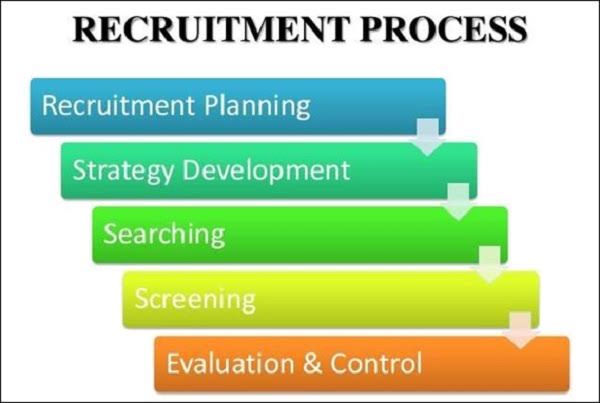
Recruitment Planning
Recruitment planning is the first step of the recruitment process, where the vacant positions are analyzed and described. It includes job specifications and its nature, experience, qualifications and skills required for the job, etc.
A structured recruitment plan is mandatory to attract potential candidates from a pool of candidates. The potential candidates should be qualified, experienced with a capability to take the responsibilities required to achieve the objectives of the organization.
Identifying Vacancy
The first and foremost process of recruitment plan is identifying the vacancy. This process begins with receiving the requisition for recruitments from different department of the organization to the HR Department, which contains −
- Number of posts to be filled
- Number of positions
- Duties and responsibilities to be performed
- Qualification and experience required
When a vacancy is identified, it the responsibility of the sourcing manager to ascertain whether the position is required or not, permanent or temporary, full-time or part-time, etc.




